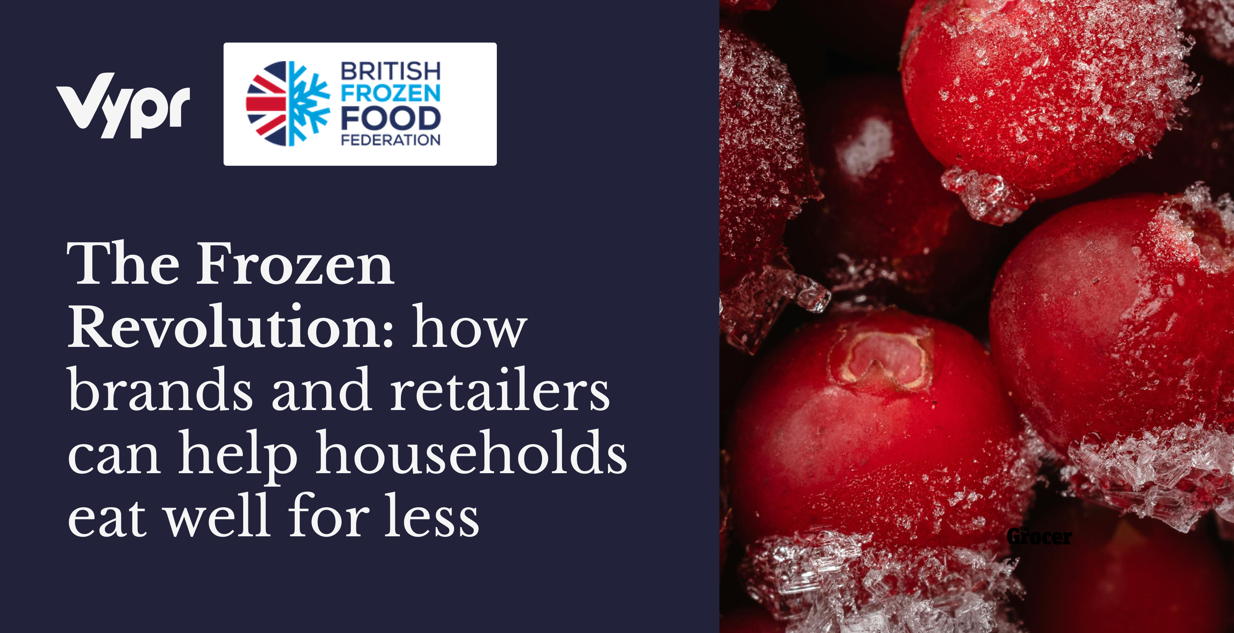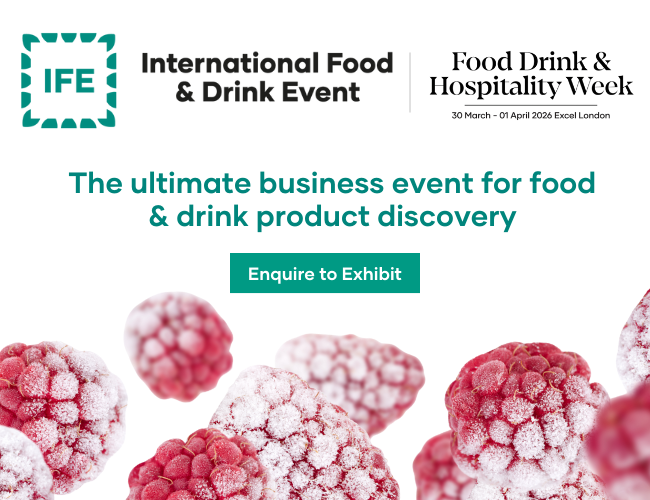 Nov 24th, 2025
Nov 24th, 2025
 8 mins
8 mins

One of the key objectives of the Government’s forthcoming National Food Strategy is that a healthy food basket should never be out of reach. Yet rising food prices mean too many families are struggling to meet the government’s five-a-day target.
New research from the British Frozen Food Federation (BFFF) and product intelligence specialists – Vypr shows that a family of four could save around £1,165 a year simply by swapping fresh fruit and vegetables for frozen alternatives.
Across staples such as broccoli, spinach, mixed vegetables, strawberries and blueberries, an 80g portion of fresh produce costs an average of 46p, compared with just 30p for frozen. That difference adds up quickly, saving 80p per person each day while still supporting healthy eating habits.
At a time when grocery bills are climbing and households are watching every penny, frozen fruit and vegetables offer a practical solution to save money without compromising on quality or nutrition.
Shoppers are ready to switch
The research conducted by Vypr for the BFFF reveals that the potential for behaviour change is significant. More than half of shoppers (54%) already believe frozen food costs less per portion than fresh, and 61% say lower prices would help them reach five-a-day more often.
Cost is a powerful motivator. Over half (53%) would switch half or most of their fruit and veg to frozen if it saved them around £7 a week, while 42% would buy more frozen if fresh prices rose by just 10%.
Importantly, this shift is not just about affordability. More than half of UK adults (52%) admit to throwing away fresh produce at least once a month, most commonly salad leaves, herbs and berries. Frozen alternatives can replace these commonly wasted items, helping families reduce food waste with frozen food while also saving money and preparing healthy meals with less effort.
Closing the nutrition gap
For many consumers, one of the biggest barriers to buying frozen is perception. Almost six in ten people have heard claims that frozen fruit and vegetables are less healthy than fresh, and younger shoppers are the most likely to believe it.
The reality is very different. The health benefits of frozen vegetables are clear — freezing locks in nutrients at their peak. When considering frozen fruit vs fresh nutrition, studies show chilled spinach retains about 20% of its vitamin C after a week, whereas frozen spinach retains around 80% immediately after freezing, and still about 50% after a year.
When shoppers are made aware of this, attitudes change quickly. In the same survey, 82% said they would buy more frozen produce if they knew it matched fresh in nutritional value. That presents a major opportunity for education and myth-busting across retail, media and social channels.
Turning insight into action
The Frozen Revolution is already underway, but its growth depends on how well brands and retailers turn consumer insight into meaningful action.
- Make value visible. Shoppers associate good value with prices between 20p and 29p per portion. Making this portion price clear on packaging and at the shelf can strengthen value perception and build confidence.
- Lead with evidence. Nutrition claims need to be simple, credible and easy to see. Highlight the science behind freezing and use proof-led language such as “frozen at peak freshness to lock in nutrients”.
- Highlight the waste benefit. Food waste resonates with all age groups, particularly younger households that throw away the most fresh produce. Position frozen food as a convenient and practical, low-waste choice that fits modern lifestyles.
- Broaden the range. Peas and mixed vegetables remain category leaders, but there is growing openness to frozen berries, herbs, spinach and broccoli. Encouraging small swaps can expand the repertoire and drive repeat purchases.
- Inspire through content. Younger audiences are most influenced by social media creators and recipe ideas. Authentic, practical content that shows how to cook, blend or batch with frozen ingredients can help normalise these choices.
A shared opportunity
Frozen food is one of the simplest ways to help households eat well for less. It saves money, cuts waste and is a healthy option due to retained nutrients, thus supporting families to meet healthy eating goals.
For brands and retailers, this is a shared opportunity to lead positive change. By combining value messaging, credible education and inspiring communication, the Frozen Revolution can become a lasting movement — one that benefits consumers, the industry and public health alike.
Learn more about the campaign and view the full research at the BFFF Frozen Food Revolution hub.
By Rupert Ashby, Chief Executive, British Frozen Food Federation



















